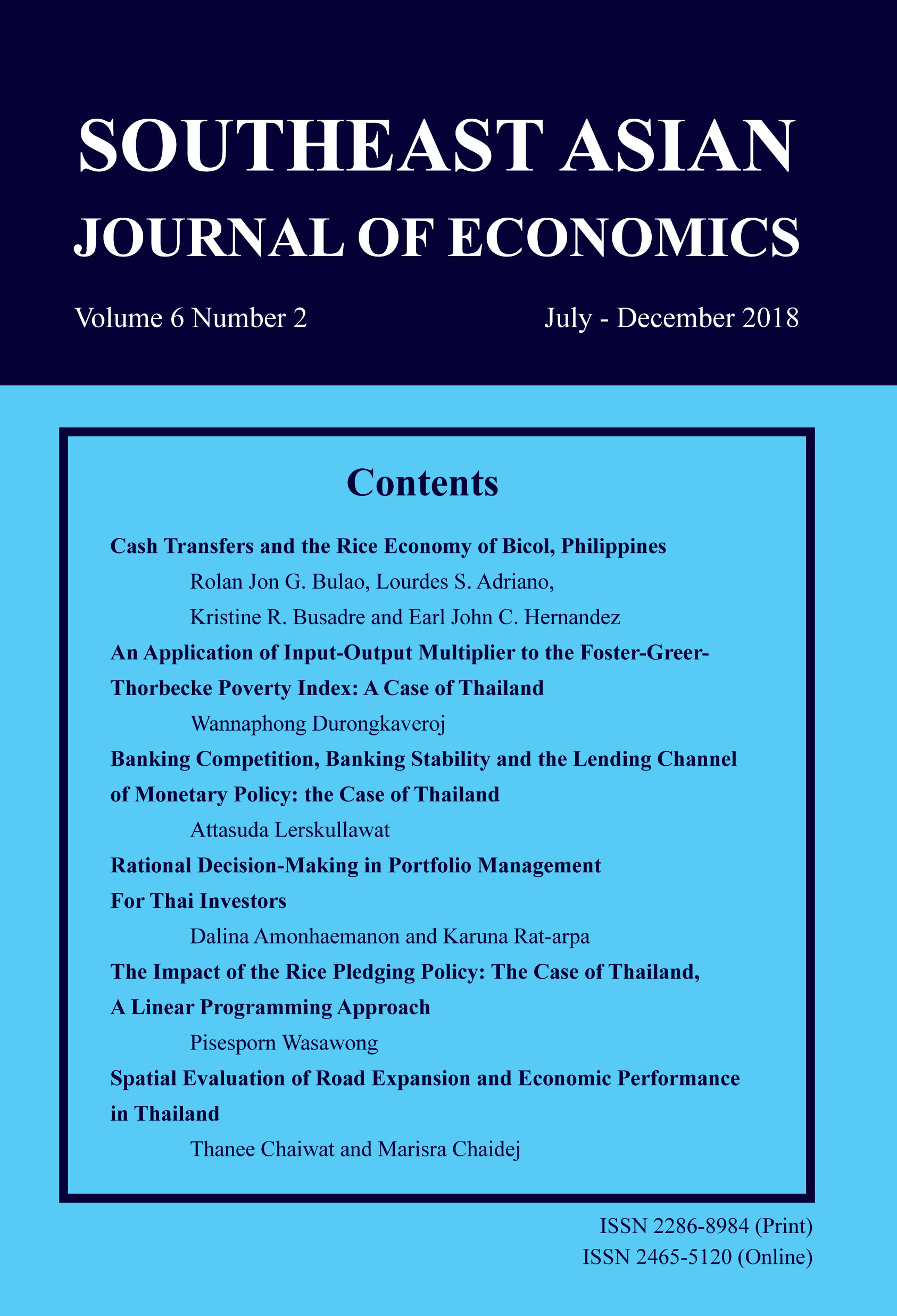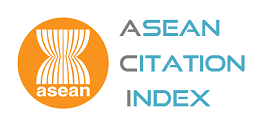Are Public Hospitals in Malaysia Efficient? An Application of DEA and Tobit Analysis
Keywords:
DEA, Hospital Performance, Scale Efficiency, Technical Efficiency, Tobit ModelAbstract
The objective of this paper is to examine the efficiency of public hospitals in Malaysia and to identify the factors affecting their performance. We use Data Envelopment Analysis (DEA) to determine the efficiency score and Tobit model to identify the possible determinants of inefficiency. The DEA results show that the average technical and scale efficiencies scores of public hospitals under study are above 90 percent which can be considered as efficient. From the Tobit model, it was found that the daily average number of admissions, the number of outpatients per doctor and hospital classification have influenced hospital inefficiency. Findings from this study may provide useful information for policy makers concerning resource allocation in Malaysian health care system, specifically public hospitals.
Downloads
Published
How to Cite
Issue
Section
License
The submission of a manuscript implies that the paper is an original work and has not been published elsewhere. The author(s) authorize the journal to reproduce or distribute the paper in printed or other electronic forms.







